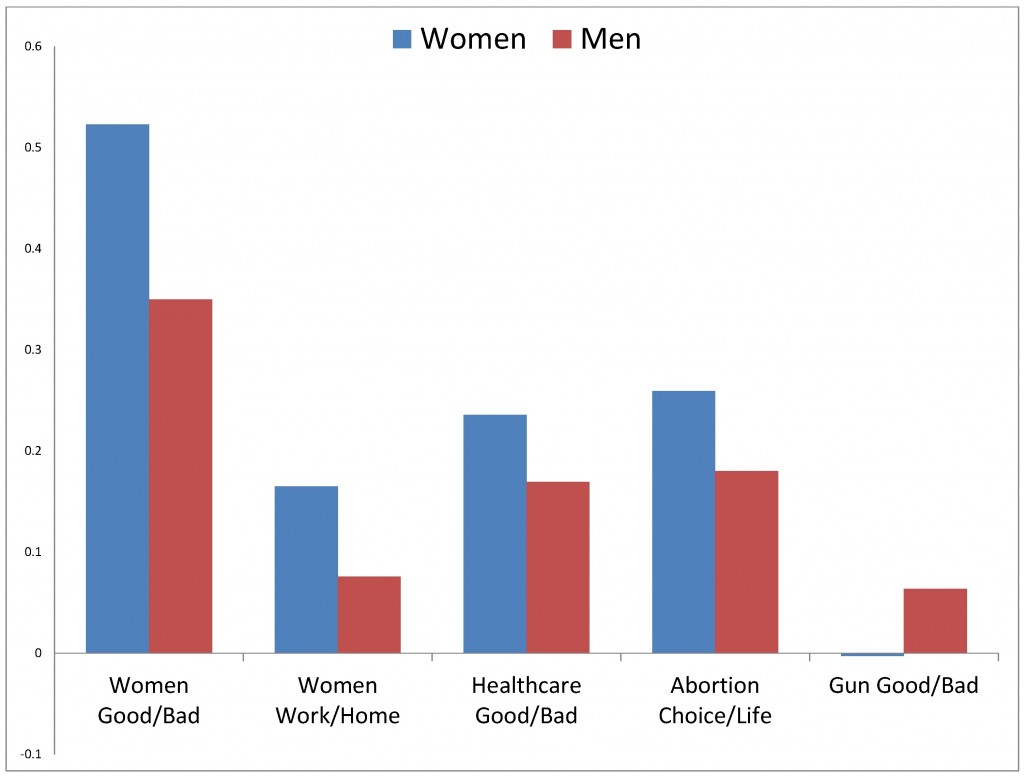The study finds that if mapmakers target risk-averse incumbents, they can encourage those incumbents to retire and potentially create a more competitive seat.
Previous research has focused either on partisan effects (Which party “won” the 1980s round of redistricting?) or on aggregate trends (Do more incumbents retire after redistricting?). Our study builds on the extant research by looking at specifically which members of Congress are more likely to retire when presented with unfavorable redistricting, and posits a causal mechanism behind this effect. By examining redistricting in the 1990s, 2000s, and the most recent round leading up to the 2010 election, test whether there are systematic differences in how incumbents react to the uncertainty created by redistricting.
Specifically, we look at “risk-taking” incumbents vs. those who are “risk-averse.” We identify this propensity for risk in two ways: members of Congress who originally ran for office by challenging an incumbent rather than running for an open seat, and those who originally ran for office in a district where voters are predominantly members of the opposing party ( > 57% votes for the opposing party’s presidential candidate). Members of Congress who originally ran for office under one of these two conditions have a greater tolerance for risk than those who ran when there was an open seat or a safe partisan district.
In the paper, currently being prepared for submission to a peer-reviewed journal, we look at a couple different facets of redistricting generated uncertainty. As seen in Figure 1, the first is the redistricting “timeline”, or how early the plan is adopted before the election. If incumbents respond poorly to uncertainty, we’d expect to see more retirements when plans are adopted late in the cycle. We find that risk-takers are unaffected by when the plan is adopted, while their risk-averse counterparts are more likely to retire when the plan is adopted late in the cycle.
We also compare the type of redistricting plan – was this plan a friendly one (“in-party”), a hostile one (“out-party”), or an incumbent protection plan (“bi-partisan”)? And how do risk-takers differ from those who are risk-averse in reacting to partisan plans? Figure 2 presents the difference between the two favorable types of redistricting and out-party redistricting. The values are calculated by subtracting the probability of retirement in bipartisan/in-party plans and out-party plans. As we can see, the likelihood of retirement between the different types of plans is statistically indistinguishable for risk-takers, but non-risk-takers are significantly more likely to retire when they face a hostile redistricting plan (“out-party”) compared to either of the two more favorable types.
By looking beyond aggregate trends and looking at characteristics of individual members of Congress, we confirm that politicians do not react to redistricting and uncertainty in the same way. Those who have previously shown a propensity to take risks are less responsive to manipulations by partisan mapmakers, and are less affected by uncertainty than their risk-averse counterparts. These individual characteristics help give us a greater understanding of exactly how partisan mapmakers can affect the decision-making process of incumbent members of Congress, and give us greater insight into how redistricting affects choice in democracy.



